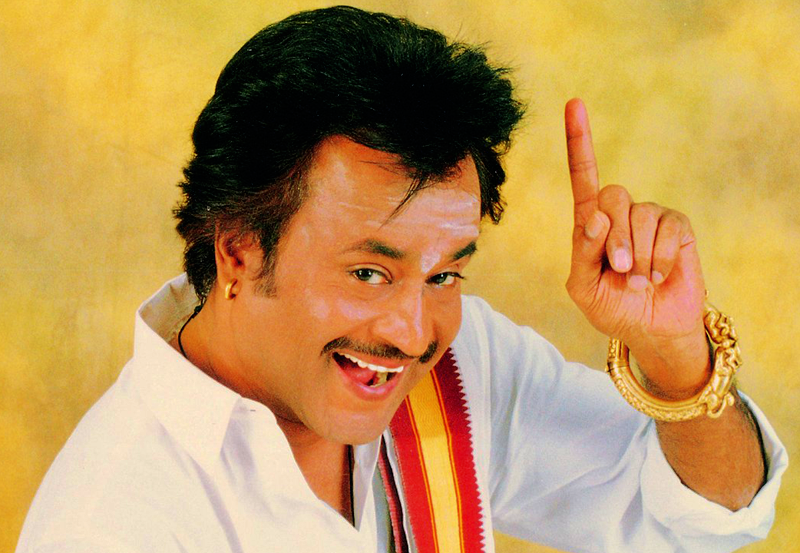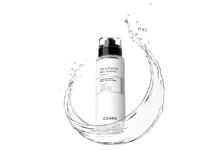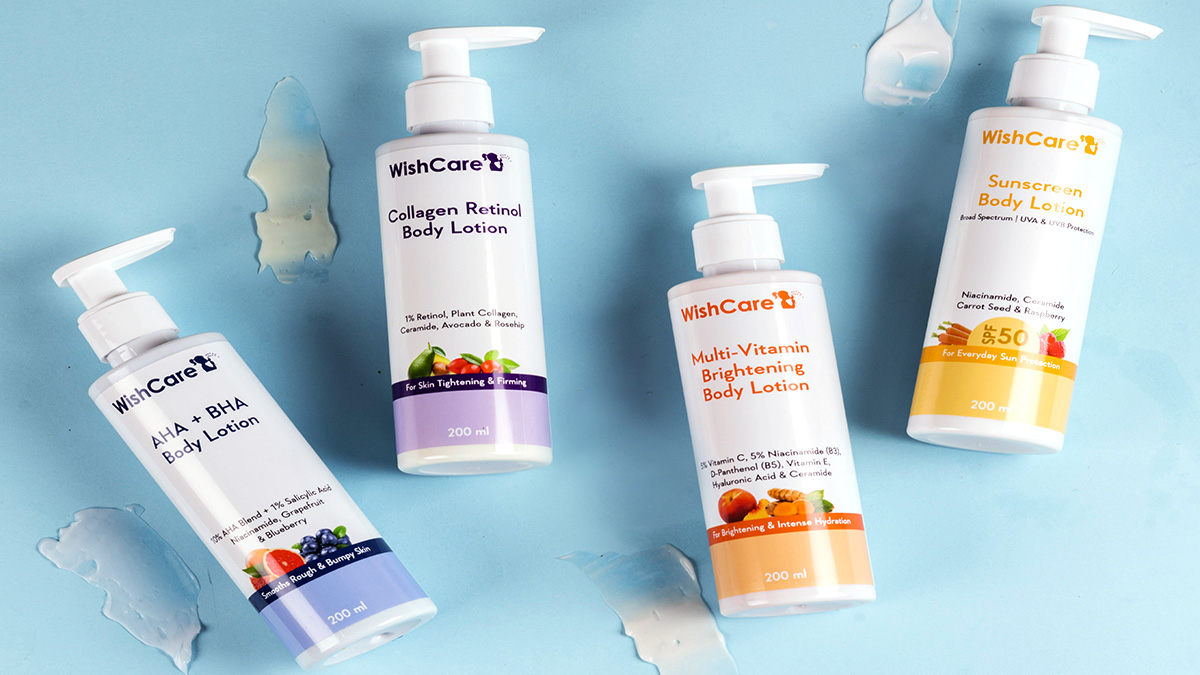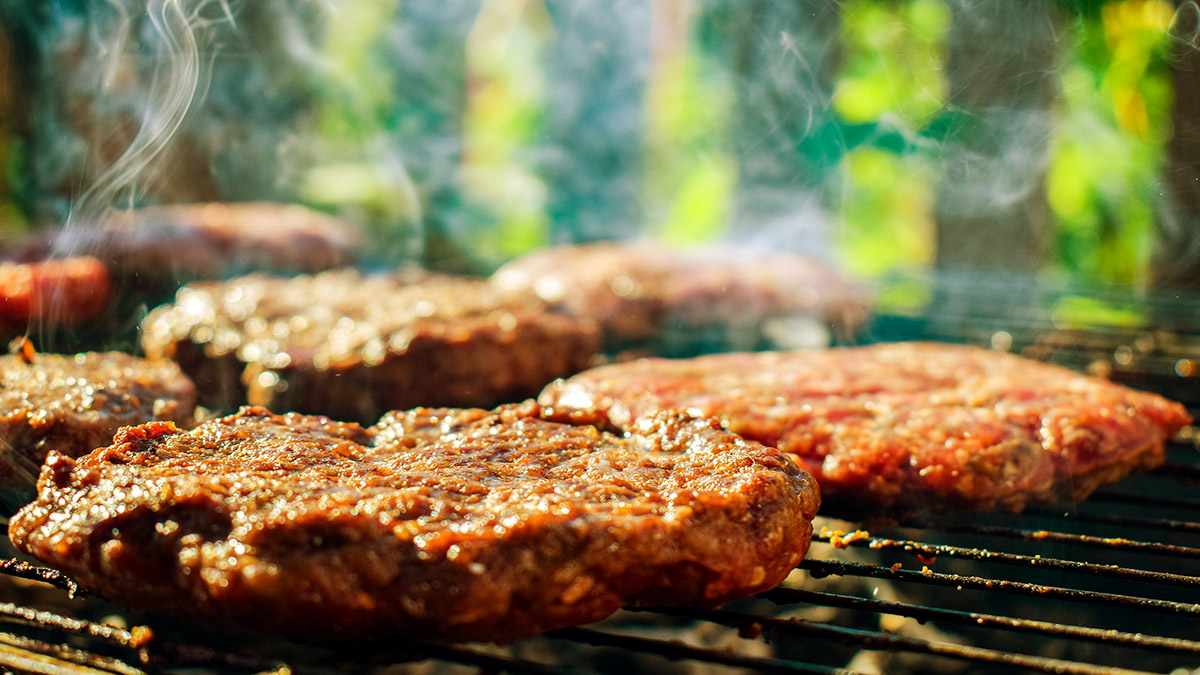

Dr Tina Ramachander
Cool shades is synonymous with Rajinikanth and summer is the perfect season to “do a Rajinikanth” if we may say for your hair. Confused? Don’t be. Protect your hair from the sun with all its glory as this summer, it’s out to get your beautiful mane. Hair is exposed to and affected by many environmental pollutants every day. Apart from chemical treatments and chlorine water which cause harm to hair, sunlight and UV radiation also causes a lot of damage.
In summer, as the temperature rises, hair undergoes lots of changes due to UV radiation. Loss of hair pigment results in paler hair which appears dull and lacks the sheen. UV rays remove moisture content in the hair shaft making it dry, brittle and easily breakable. The protein content in the hair gets altered making it frizzy and easily breakable. Bleached, coloured hair, straightened hair and exposure to chlorine makes hair susceptible to UV radiation. Both UVA and UVB can penetrate, absorb and change the structure of your hair permanently.

Other skin conditions such as Seborrheic Keratoses, moles etc. appear on scalp due to chronic exposure to the sun.
Below are listed signs that show neglect of hair and scalp:
- Hair that looks dry and brittle.
- Dull hair which looks lighter than before.
- Loss of hair
- Split ends
- Grey hair
- Growth on the skin of scalp and surrounding the scalp.
- Frizzy hair
- Flaky, itchy skin on scalp.
- Hair that doesn’t grow much.
- Uncombable hair

Consuming a good amount of water according to body weight, including specific food groups rich in omega 3 fatty acids like walnuts, salmon, fish and increasing vegetable and fruit intake is a good way to re hydrate internally. Coconut oil has a wonderful role in conditioning hair and protecting one from chlorine water and UV radiation. Apart from applying oil, rinsing the scalp and hair of all chorine from the swimming pool and applying sunscreens go a long way in protecting hair.
One should avoid direct sun exposure, especially between 10 am to 4 pm, by covering their head with either a scarf or a hat; also condition hair with appropriate conditioners that are mild and leave on conditioners and serums which contain multi-vitamins.
Sunscreens are now available for the hair too as sprays and this can protect one from harmful rays.
When choosing the right sunscreen, the points to look forward would be a good UVB cover, UVA cover and a physical block. Just an SPF indicator of the UVB protection does not determine the overall effectiveness of the sunscreen.
Other steps to take is to avoid harsh chemical-based shampoos that contain paraben and sulphates which zap the moisture from the hair. Avoid chemical hair colours as it causes itchy skin and pigmentary issues. Also, washing the hair and scalp at least 3 to 4 times a week helps rid of lice and dandruff which worsen hair fall.

Hair follicle infection or folliculitis can occur if hygiene is not maintained, especially in those who sweat a lot as this helps bacterial growth. A little known fact is that sun burns can occur on scalp too especially where hair distribution is less.
Keeping scalp healthy:
- Regular hair washes with mild shampoo, making sure you rinse off well, applying a conditioning agent suitable for the hair type.
- Drying of hair with a dryer is not advisable as it produces air bubbles inside the hair shaft due to the heat which makes it break easily.
- Oiling hair once in a while acts as a great conditioning agent.
- Covering the hair while outdoors with a scarf or a hat and also applying sun-protective sprays and gels help prevent the UV-related damage.
- When colouring hair, take precautions to choose the right one, especially if the scalp and skin is sensitive. The best way to find out is to do a test patch on the skin and then apply on scalp.
- Eating healthy plays a great role on health of hair and scalp. Food groups rich in vitamins and minerals like green leafy vegetables, fruits, whole grains, protein, walnuts, almonds and fish are good.
- Scalp often indicates the health of the person. When it gets oily too often can be an indicator of hormonal imbalance, when dry and flaky, it is indicative of fungal infections. Dry brown and brittle hair can indicate haemoglobin deficiency and other nutritional deficiencies.
- Loss of hair can be due to various reasons for which a consultation with a dermatologist can bring forth the causes and treatment options available.







